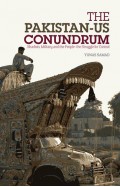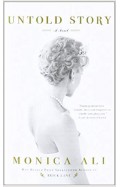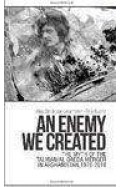- Home
- Non Fiction
- History
- Taboo: The Hidden Culture of a Red Light Area: The Hidden Culture of a Red Light Area, with an additional Epilogue
Taboo: The Hidden Culture of a Red Light Area: The Hidden Culture of a Red Light Area, with an additional Epilogue
By: Fouzia Saeed
-
Rs 823.50
- Rs 915.00
- 10%
You save Rs 91.50.
Due to constant currency fluctuation, prices are subject to change with or without notice.
Pakistani society has created and reinforced many myths to explain why the phenomenon of prostitution has nothing to do with 'nice people'. These myths put all the blame on immoral women who are understood to be responsible for tricking honest men into sinful acts. Our society has also strongly discouraged anyone from questioning these myths or even trying to look at the issue in a realistic manner. This resistance stems from the unspoken fear that any honest assessment of the situation would uncover the double standards that the South Asian patriarchal system has created for distinguishing 'good' from 'bad' women, thus threatening our society's fake sense of morality. This book is a journey of discovery into the famous red light district of the Shahi Mohalla (the Royal Bazar), or Heera Mandi (the market of diamonds). The phenomenon of prostitution coupled with music and dance performances has ancient roots in South Asia. The areas where the practice is centered have given birth for centuries to many well-known performing artists. The areas are hubs for creative productions as well as nurture the talents of poets, singers, actors, and the gurus, musicians and composers of classical music. These places are quite different from the typical 'red light districts' in the west. The social stigma attached to prostitution has led our governments over the years to initiate several brutal attempts to 'eradicate' the phenomenon in the Shahi Mohalla and elsewhere. However, every effort to curb this phenomenon has only resulted in a destruction of the traditional controls over the practice and the links between prostitution and art. Ironically, these efforts also served to drive the practice out of its traditional centers and into the 'nicer' parts of the city. As a result, prostitution now flourishes underground in all parts of Lahore, bereft of ancient rules of conduct and involving thousands of women from all walks of life, vulnerable to exploitation and abuse. The double irony is that while public campaigns for eradication continue the practice of prostitution remains quietly protected by the government; just as it has for centuries. Understanding this paradox is the crux of the book. In order to provide an understanding of the traditional practices of prostitution the book attempts to capture a more realistic picture of the phenomenon through the lives of the people who live in the Shahi Mohalla, the musicians, the prostitutes and their pimps, managers and customers. The book describes the lives of people who are struggling to make a living by following ancient traditions, yet not knowing clearly where they fit in the larger picture of present day Pakistan. The book also highlights the contributions that the inhabitants of the Shahi Mohalla have made to our society and to the world of art at large. By breaking these myths that surround the practice of traditional prostitution, the book helps eradicate a blind spot in our understanding of the power relations associated with gender roles throughout our society.
Pakistani society has created and reinforced many myths to explain why the phenomenon of prostitution has nothing to do with 'nice people'. These myths put all the blame on immoral women who are understood to be responsible for tricking honest men into sinful acts. Our society has also strongly discouraged anyone from questioning these myths or even trying to look at the issue in a realistic manner. This resistance stems from the unspoken fear that any honest assessment of the situation would uncover the double standards that the South Asian patriarchal system has created for distinguishing 'good' from 'bad' women, thus threatening our society's fake sense of morality. This book is a journey of discovery into the famous red light district of the Shahi Mohalla (the Royal Bazar), or Heera Mandi (the market of diamonds). The phenomenon of prostitution coupled with music and dance performances has ancient roots in South Asia. The areas where the practice is centered have given birth for centuries to many well-known performing artists. The areas are hubs for creative productions as well as nurture the talents of poets, singers, actors, and the gurus, musicians and composers of classical music. These places are quite different from the typical 'red light districts' in the west. The social stigma attached to prostitution has led our governments over the years to initiate several brutal attempts to 'eradicate' the phenomenon in the Shahi Mohalla and elsewhere. However, every effort to curb this phenomenon has only resulted in a destruction of the traditional controls over the practice and the links between prostitution and art. Ironically, these efforts also served to drive the practice out of its traditional centers and into the 'nicer' parts of the city. As a result, prostitution now flourishes underground in all parts of Lahore, bereft of ancient rules of conduct and involving thousands of women from all walks of life, vulnerable to exploitation and abuse. The double irony is that while public campaigns for eradication continue the practice of prostitution remains quietly protected by the government; just as it has for centuries. Understanding this paradox is the crux of the book. In order to provide an understanding of the traditional practices of prostitution the book attempts to capture a more realistic picture of the phenomenon through the lives of the people who live in the Shahi Mohalla, the musicians, the prostitutes and their pimps, managers and customers. The book describes the lives of people who are struggling to make a living by following ancient traditions, yet not knowing clearly where they fit in the larger picture of present day Pakistan. The book also highlights the contributions that the inhabitants of the Shahi Mohalla have made to our society and to the world of art at large. By breaking these myths that surround the practice of traditional prostitution, the book helps eradicate a blind spot in our understanding of the power relations associated with gender roles throughout our society.
Taboo: The Hidden Culture of a Red Light Area: The Hidden Culture of a Red Light Area, with an additional Epilogue
By: Fouzia Saeed
Rs 823.50 Rs 915.00 Ex Tax :Rs 823.50
Tapestry: Strands of Women's Struggles Woven Into the History of Pakistan
By: Fouzia Saeed
Rs 2,065.50 Rs 2,295.00 Ex Tax :Rs 2,065.50
Zubin Mehta: A Musical Journey (An Authorized Biography)
By: VOID - Bakhtiar K. Dadabhoy
Rs 472.50 Rs 1,050.00 Ex Tax :Rs 472.50
Ajmer Sharif: Awakening of Sufism in South Asia
By: Reema Abbasi & Madiha Aijaz
Rs 712.25 Rs 1,295.00 Ex Tax :Rs 712.25
The Origins of Political Order From Prehuman Times to the French RevolutioN
By: Francis Fukuyama
Rs 3,505.50 Rs 3,895.00 Ex Tax :Rs 3,505.50
Manning Up: How the Rise of Women Has Turned Men into Boys
By: Kay Hymowitz
Rs 646.75 Rs 995.00 Ex Tax :Rs 646.75
The Obama Syndrome: Surrender At Home War Abroad
By: Tariq Ali
Rs 1,165.50 Rs 1,295.00 Ex Tax :Rs 1,165.50
The Quest For Meaning: Developing A Philosophy Of Pluralism
By: Tariq Ramadan
Rs 1,255.50 Rs 1,395.00 Ex Tax :Rs 1,255.50
The Pakistan US Conundrum Jihadists The Military And The People The Struggle For Control
By: Yunas Samad
Rs 1,255.50 Rs 1,395.00 Ex Tax :Rs 1,255.50
An Enemy We Created: The Myth Of The Taliban Al Qaeda Merger In Afghanistan 19702010
By: Alex Strick van Linschoten
Rs 3,412.50 Rs 5,250.00 Ex Tax :Rs 3,412.50
WikiLeaks: Inside Julian Assanges War on Secrecy
By: David Leigh & Luke Harding
Rs 552.50 Rs 850.00 Ex Tax :Rs 552.50
Ajmer Sharif: Awakening of Sufism in South Asia
By: Reema Abbasi & Madiha Aijaz
Rs 712.25 Rs 1,295.00 Ex Tax :Rs 712.25
No recently viewed books available at the moment.
Zubin Mehta: A Musical Journey (An Authorized Biography)
By: VOID - Bakhtiar K. Dadabhoy
Rs 472.50 Rs 1,050.00 Ex Tax :Rs 472.50
Taboo: The Hidden Culture of a Red Light Area: The Hidden Culture of a Red Light Area, with an additional Epilogue
By: Fouzia Saeed
Rs 823.50 Rs 915.00 Ex Tax :Rs 823.50
Tapestry: Strands of Women's Struggles Woven Into the History of Pakistan
By: Fouzia Saeed
Rs 2,065.50 Rs 2,295.00 Ex Tax :Rs 2,065.50
Ajmer Sharif: Awakening of Sufism in South Asia
By: Reema Abbasi & Madiha Aijaz
Rs 712.25 Rs 1,295.00 Ex Tax :Rs 712.25












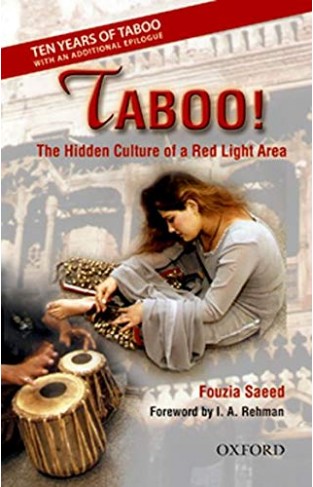
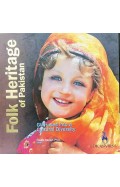

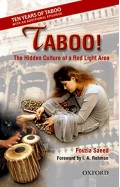
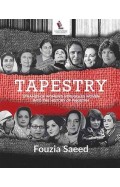
-120x187.jpg?q6)





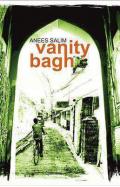
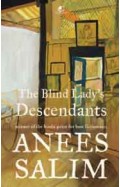
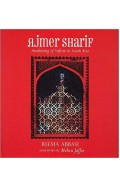
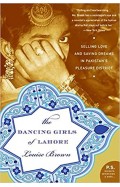
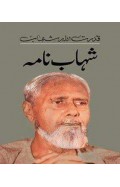
-120x187.jpg?q6)



-120x187.jpg?q6)
